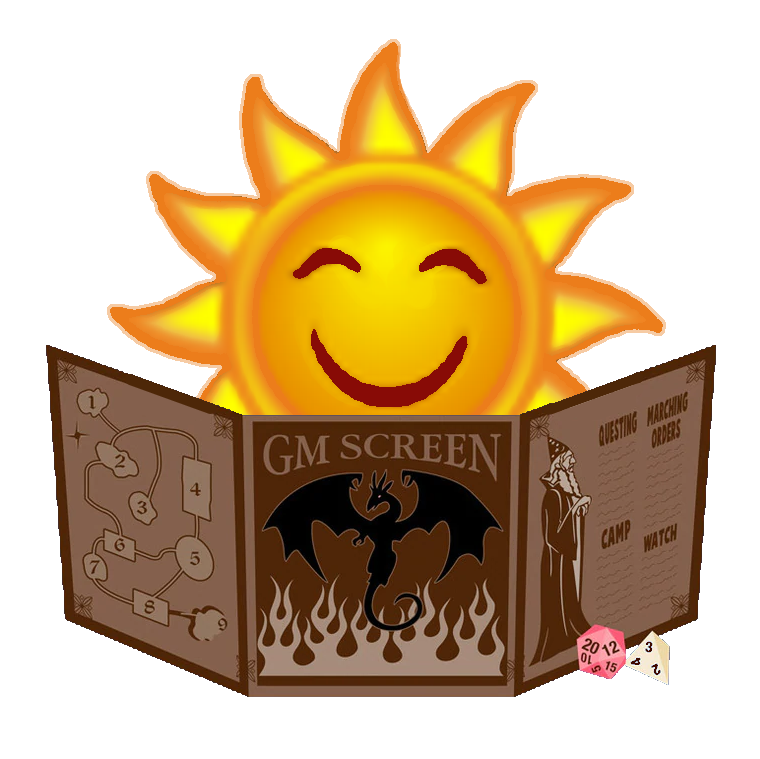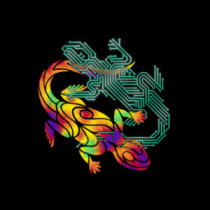Reflection Ball
History
During the First Civilization
According to the data on the Guardian of Identity, the rules for "Dango Mi Sanlu" were formalized in the year 392 NZR. As the influence of the Rilanga Union grew, the game gained in popularity all over the western half of Mustik Hamesi. It was especially popular among people from academic backgrounds, due to the emphasis on planning, precision and the physical principles behind the movement of the balls.During the Turn of the Eras
Part of the Rilanga population survived the The Final War by moving to shelters in the Ralenlos Mountains before the last wave of attacks. While the basic elements of the game were passed on by those survivors, none of them had brought any of the necessary equipment along. Recreating such equipment had a very low priority, but attempts at reviving the game became more frequent after the First Harvest in the year 10 VZR.During the Era of Recovery
The data on the Guardian of Identity was successfully decoded and fully catalogued by the summer of 130 VZR. In the years following this re-discovery of their cultural heritage, the game once again caught people's interest. New variants began to evolve and continue to do so today.Components and tools
Table
The game is played on an octagonal table with a raised rim. The surface within these boundaries is covered in a smooth silk fabric. A hole in each of the eight corners leads to a second level which can be accessed from two sides.Balls
Original Version
Dango Mi Sanlu used 20 balls of 4 different colors.- 1 white "guide" ball (piva)
- 3 black "forbidden" balls (rurepubre)
- 8 yellow balls (gemba)
- 8 blue balls (tuba)
Modern Versions
The Rilsu developed several variants of the game with a wide range of ball configurations. The colors white and black were kept for the guide and forbidden balls (pifa and rorepupru, respectively), but those for the different players can have pretty much any color. Computer simulations and especially Virtual Reality later made it possible to move beyond the constraints of the physical world. Consequently, some versions do not use color coding at all and instead mark the balls in other ways. Some examples are:- Romatru ("avoidance") uses 1 guide ball, 17 forbidden balls and 2 distinctly-colored balls.
- Vilpik ("four-houses") uses 1 guide ball, 3 forbidden balls and 4 distinctly-colored sets of 4 balls each.
- Ronogmatru ("confusion") uses 1 guide ball, 3 forbidden balls and 2 similar-looking sets of 8 balls each.
- Pitgusi ("melodic") uses 1 guide ball, 3 forbidden balls and 2 sets of 8 balls each. All of them are distinguished by the sound which they produce upon collision.
Driver Sticks
Each player has a "driver" stick (tundi in both Rilangun and Rile) for hitting the guide ball and knocking it in the direction of the other balls. The stick's appearance usually matches that of the player's ball set, at least in those variants which make use of visual properties.Rules
Objective
The original incarnation of the game had two players pitted against each other, whereas some modern re-interpretations have more players or teams. Each player has to knock the balls of their own color into the holes in the table's corners. The first player to clear their set off the table wins, unless a player sinks one of the forbidden balls and thereby loses instantly.Player Actions
Colored balls may only be moved by hitting them with the guide ball, which in turn is set into motion by a hit with the tip of the driver stick. Upon collision, the moving ball transfers its momentum to the next ball it hits, sending it in a direction which depends on the angle and point of contact. Additionally, the balls bounce off the table's inner walls. These chain reactions force the players to plan ahead for the path that any ball will take and aim their hit carefully to achieve the desired result.Turns
The players take turns in hitting the guide ball. The point at which a turn ends depends on the variant they play. In the original game, it ended when the first ball hit by the guide was of any other color than the current player's set. Some versions played by the Rilsu have the turn end only when one of the forbidden balls is hit, and others have it end whenever a ball falls through one of the holes.Dango Mi Sanlu (Rilangun)
- Tako Zanlupmi kof Rovulru Sasmi
World Association for Tako Zanlupmi
(136 VZR - present) - Dango mi Sanlu kofo Tamak lul Rumastare
Union's Organisation for Dango mi Sanlu
(392 NZR - 0 VZR)
You're trying to bounce off all eight.
Iru abruta sa sil reg kuz keb andiru.
Iru abruta sa sil reg kuz keb andiru.










This is so well and clearly described! I wanna play Romatru :3
Thank you! ^^ Heh, yeah, I imagine it to be an interesting challenge.
Creator of the Kaleidoscope System and the planet Miragia.